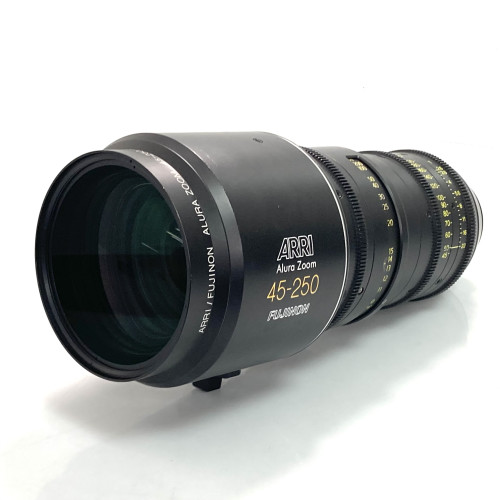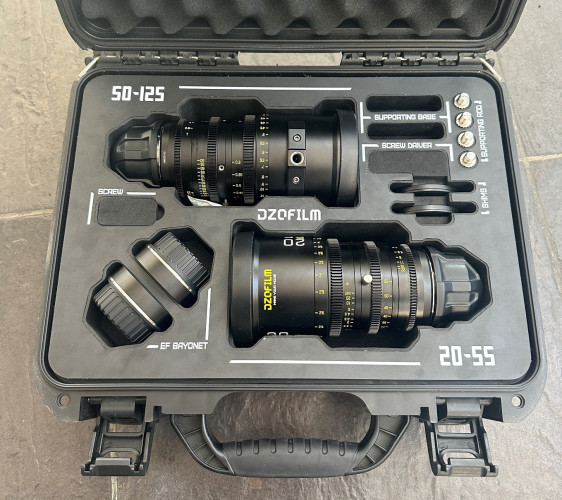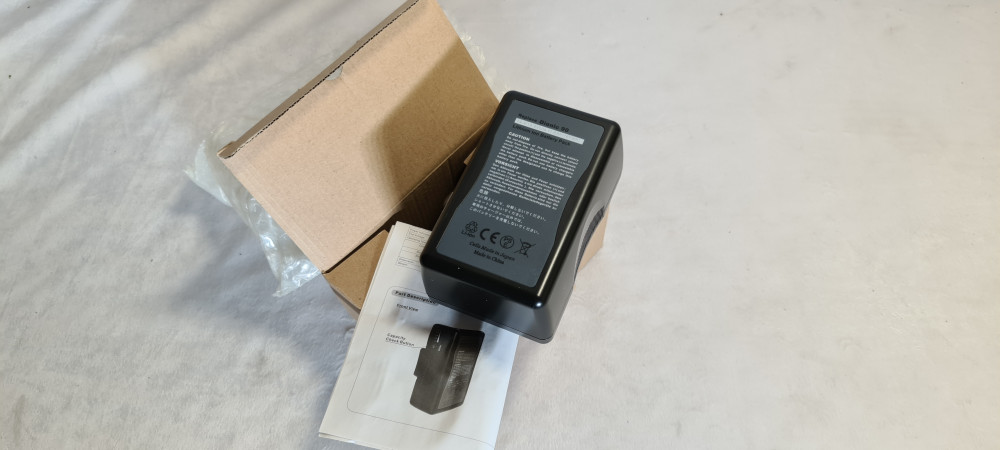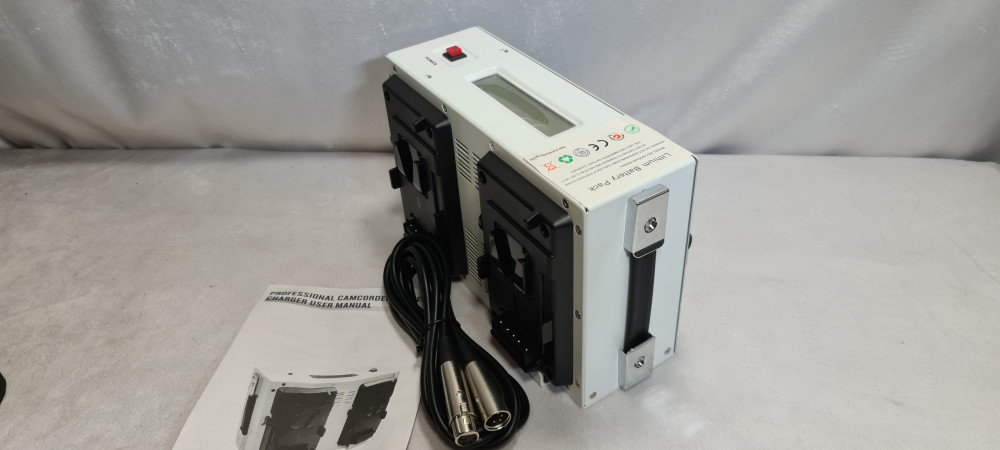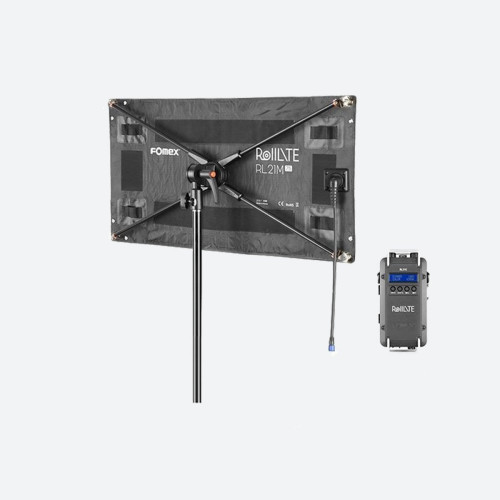Synchronising the Shelf Stackers

Author: Bob Pank#
Published 1st February 2011
The six-episode BBC Series “Shelf Stackers” brings audiences lots of laughs with its witty teenage commentary. Dom Bridges directed and helped edit the popular show as well as automating the synchronisation of audio clips for its dual-system sound production
Bridges began his career as a graphic designer, which eventually led him to commercial design, editing, and directing. When the opportunity to take on “Shelf Stackers” presented itself, he was more than thrilled. “Working with the BBC is a fantastic opportunity; I couldn’t resist,” said Bridges.
Lime Pictures produced “Shelf Stackers,” and Conkermedia assisted in both shooting and editing. It was filmed at a local supermarket in Liverpool, which remained open to the public throughout filming. Real-life customers and staff became extras as Bridges and his location sound recordist documented each scene with a single Canon EOS 5D Mark II camera, while capturing audio separately on a handheld recorder. “The 5D is good for fast shooting – and we shot each 30-minute episode in just over two days. I was confident it could do a good job, especially with the extremely tight budget we were working with.”
Having used Final Cut Pro in the past to edit a variety of music videos and commercials, Bridges was comfortable utilizing the NLE with all of his 5D footage. As for sound, recording on a separate device and then combining in post-production (also known as dual-system) is a convenient way to retrieve high-quality sound to match high quality video from a DSLR like the 5D. “I set up a structure for both myself and Conkermedia to follow. In Final Cut Pro, we edited with 6 digital audio tape (DAT) tracks. Then, we turned to PluralEyes for video and audio synchronization.”
Launched in 2009 by Singular Software, PluralEyes is an extension for popular video editing applications, including Final Cut Pro. It automatically synchronizes audio and video clips without the need for timecode, clappers or any special preparation. It accelerates the post-production workflow for multi-camera video, dual-system audio and multi-take productions, and has been used to capture a variety of live events, music videos, television shows, and commercials shot with the Canon 5D, 7D and other DSLR cameras.
Bridges caught wind of PluralEyes just after its launch on a popular industry blog. “I remember thinking ‘wow I have to get this,’” said Bridges. To test out its functionality, Bridges imported footage from a Canon EOS 7D 12-camera shoot into PluralEyes; it synced the audio and video quickly and efficiently. “After I tested out the 12-camera shoot, I played around with it a bit more – I never had any issues. It built my confidence in the product, and I knew it would be a perfect fit for ‘Shelf Stackers,’” Bridges added.
Like many editors, prior to using PluralEyes Bridges synced video and audio manually. “Manual synchronization is totally fine. It’s been done this way for years and there is a certain amount of clarity that still comes with that type of production. However, if you were doing a half hour shoot in 2 days like I was on ‘Shelf Stackers,’ you would see that it’s difficult to use a clapperboard in that situation,” Bridges commented. He added, “…as much as there is a level of freedom in shooting low-budget programming, a lot time and effort still goes into post-production. PluralEyes saved me many hours in the editing room – it really sped up the dual-system process.”
Bridges plans to utilize PluralEyes for dual-system sound on future television programming and feature film endeavors. In the meantime, watch “Shelf Stackers” on BBC2 every Saturday to see the synchronization results. http://www.dombridges.com.
For more information about PluralEyes, please visit: http://www.singularsoftware.com



